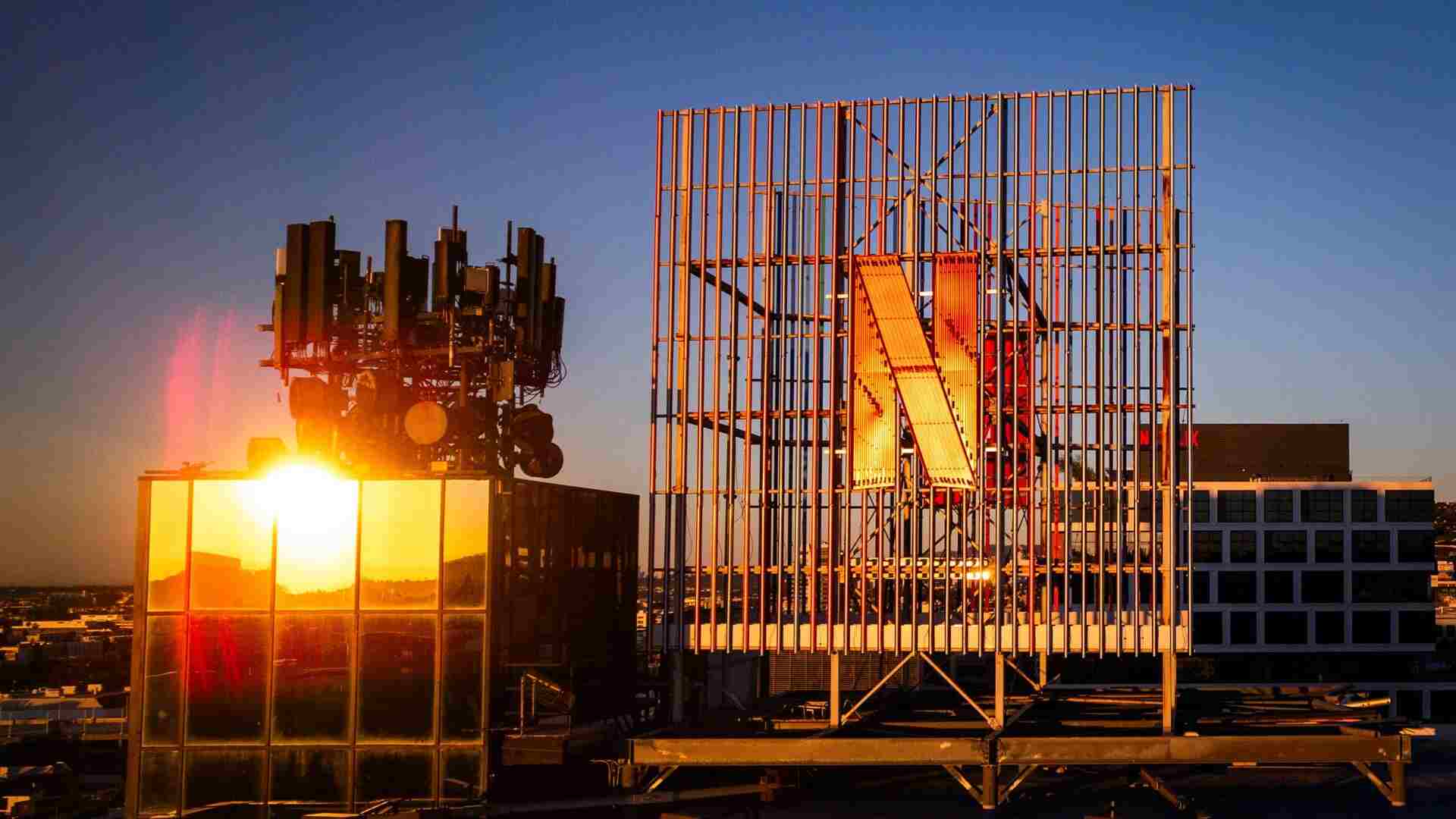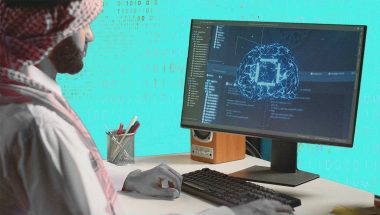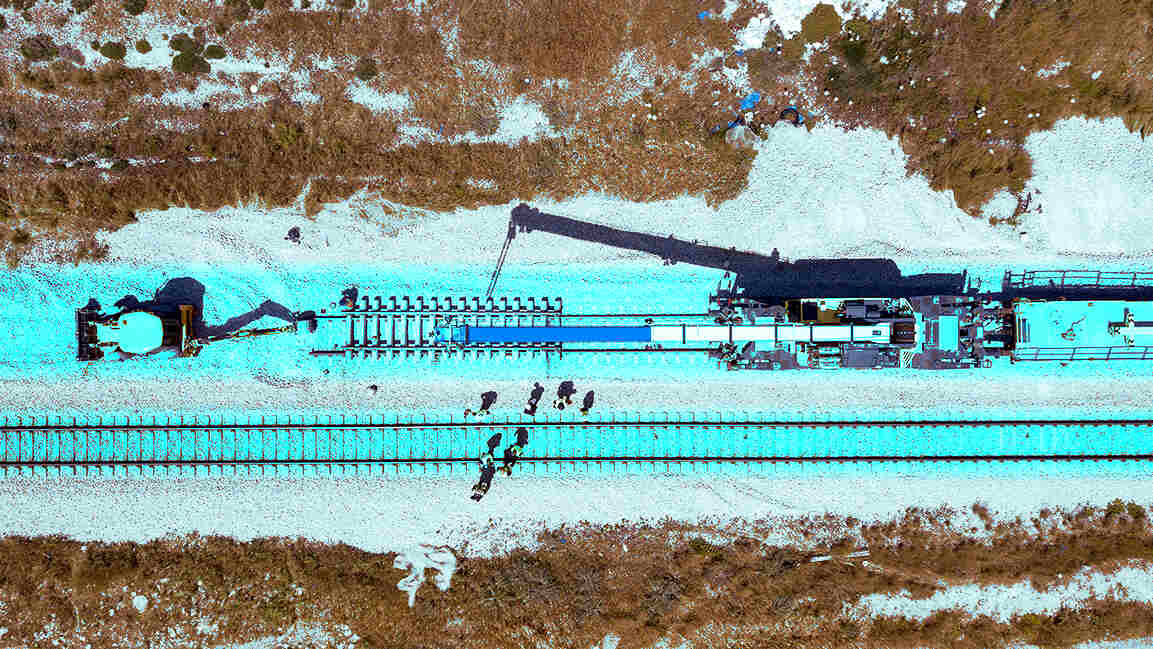- | 9:00 am
OpenAI begins releasing its next generation of reasoning models with o3-mini
Developers can access o3-mini through an API and can select between three levels of reasoning intensity.

OpenAI released its newest reasoning model, called o3-mini, on Friday. OpenAI says the model delivers more intelligence than OpenAI’s first small reasoning model, o1-mini, while maintaining o1-mini’s low price and speed. The company says o3-mini excels in science, math, and coding problems.
Developers can access o3-mini through an API and can select between three levels of reasoning intensity. The lowest setting, for example, might be best for less-difficult problems where speed of response is a factor. ChatGPT Plus, Team, and Pro users can access OpenAI o3-mini starting today, OpenAI says, while enterprise users will get access in a week.
The announcement comes at the end of a week in which the Chinese company DeepSeek dominated headlines after releasing a pair of surprisingly powerful and cost-effective AI models called DeepSeek-V3 and DeepSeek-R1. The latter, a reasoning model, scored close to, and sometimes above, OpenAI’s o1 in a set of recognized benchmark tests. However, as reported in the New York Times, many of DeepSeek’s answers parrot disinformation campaigns from the Chinese government including illegitimate historical info leaning heavily into Chinese propaganda.
“We’re shifting the entire cost‑intelligence curve,” OpenAI researcher Noam Brown said of o3-mini on X. “Model intelligence will continue to go up, and the cost for the same intelligence will continue to go down.” He said o3-mini even outperforms the full-sized o1 model in a number of evaluations.
OpenAI CEO Sam Altman said in December that the o3 series models demonstrate significantly higher levels of intelligence than the o1 models, including in computer-coding and problem-solving requiring advanced mathematics. The largest version of o3 also achieved the highest score yet of any AI system on a test called ARC-AGI, a logic and reasoning test designed to measure progress toward artificial general intelligence (AGI), meaning AI that’s as smart or smarter than humans at most tasks. The o3 model scored 87.5% on the test (humans can score around 85%).
OpenAI originally announced o3, along with a smaller version called o3-mini, in December, but said it would complete its internal safety testing, and get feedback from a group of outside safety and security testers, before launching the models. OpenAI said it would release o3-mini this month, but gave no release time frame for the larger o3 model.
OpenAI chose not to expose the o1 models’ chain of thought, and the same holds true for o3-mini. Researchers have shown that generating chain-of-thought can sometimes confuse models and pull them off focus. DeepSeek-R1, however, is trained to show its chain of thought, and Google announced in December a new experimental model called Gemini 2.0 Flash Thinking that also shows its “thinking.”
Reasoning models represent a new chapter in developing generative AI models. From 2020-2023 AI labs won almost all of their performance increases by pretraining their models with more data and computing power. That “brute force” approach began to show diminishing returns in 2024, so the AI labs—OpenAI chief among them—began to teach models to do more reasoning (and use more computing power) at inference time just after the user has asked a question or posed a problem. The model might generate multiple streams of tokens at once, then choose which one leads to the best answers. Or it might follow a certain branch of logic then iteratively backtrack after hitting a dead end. The model generates a lot of tokens, which must all be stored in a “context window” while the problem is being solved. This requires a lot of memory and a lot of computing power.
OpenAI’s first try at reasoning models with the o1 series wasn’t perfect. The largest o1 model is very expensive to run and its needs a long time to reach an answer. The o3 models are said to do more reasoning at inference time, but return answers faster using less computing power.








































